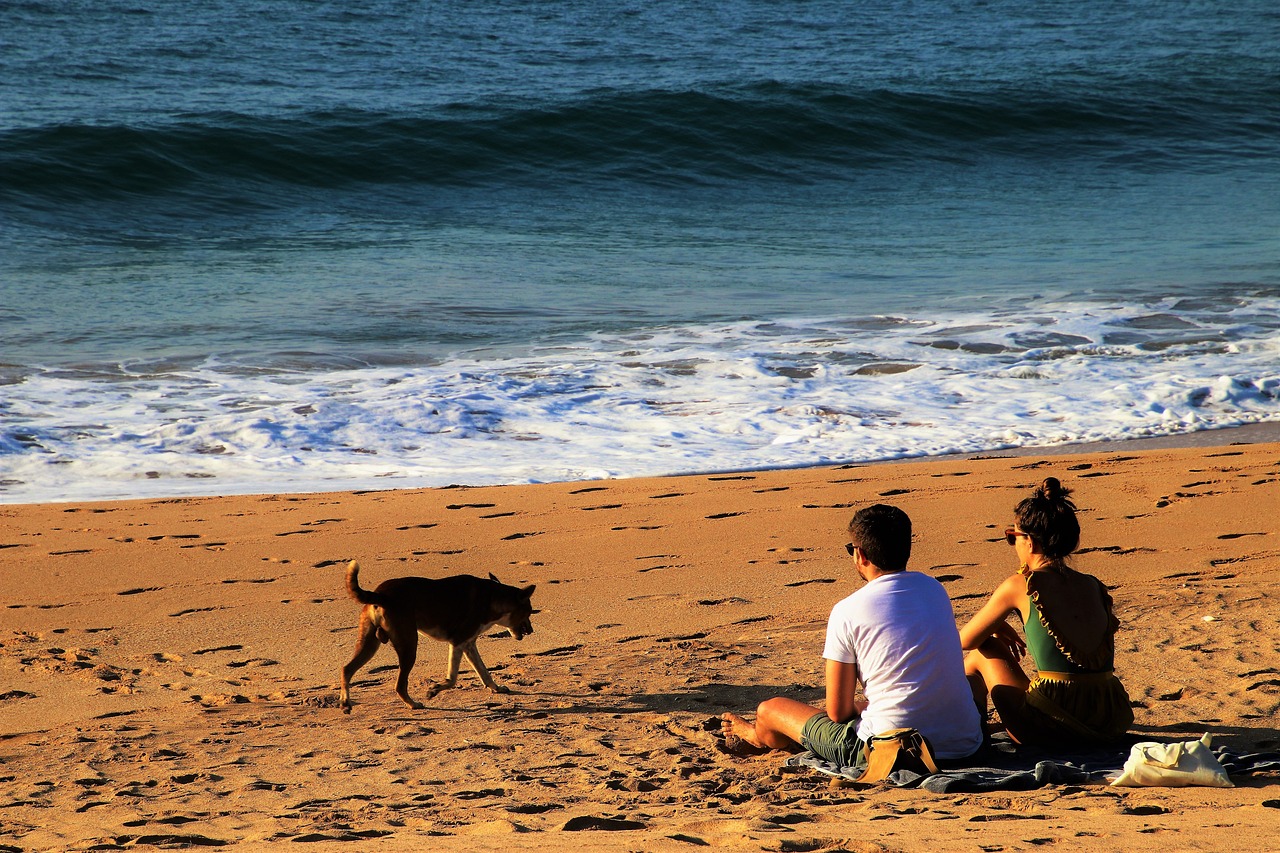Coastal Cuisine: Exploring Sea-Inspired Dishes for Coastal Lifestyles
When it comes to seafood delicacies, different regions around the world showcase a diverse array of flavors and cooking techniques. From the fresh ceviche of Peru to the aromatic curry laksa of Malaysia, each country has its own unique culinary identity rooted in the bounties of the sea.
In Japan, sushi and sashimi highlight the simplicity and freshness of ingredients, while in Italy, dishes like spaghetti alle vongole celebrate the marriage of pasta with the brininess of clams. Seafood lovers can embark on a global culinary journey, discovering the nuances and traditions that shape each delectable dish.
The Influence of Geography on Coastal Cuisine
Geography plays a crucial role in shaping the diversity of coastal cuisine around the world. The proximity to specific bodies of water, such as oceans, seas, or rivers, heavily influences the types of seafood available to coastal communities. For example, in Japan, an island nation surrounded by the Pacific Ocean, a variety of fresh seafood like sushi and sashimi are prominent in their cuisine due to easy access to a wide range of fish species.
Furthermore, the climate of coastal regions also impacts the ingredients and cooking techniques used in local dishes. In warm tropical areas like the Caribbean, fruits like mangoes, coconuts, and plantains are commonly paired with various seafood to create flavorful and colorful dishes. The abundance of spices and herbs in these regions adds a unique depth of flavor to coastal cuisine, showcasing the harmonious relationship between geography and culinary traditions.
Traditional Fishing Techniques and Their Impact on Seafood Dishes
Traditional fishing techniques vary widely around the world, each influenced by the local geography and culture of the region. In coastal communities, these methods have a direct impact on the type and quality of seafood available for consumption. From simple hand-gathering techniques to sophisticated methods like trawling and dredging, the way seafood is harvested plays a crucial role in shaping traditional dishes.
In regions where small-scale, sustainable fishing practices are still prevalent, such as in parts of Southeast Asia and the Mediterranean, seafood dishes often showcase the natural flavors of the ocean. By using traditional methods like hand-lining or trap fishing, local communities can maintain a delicate balance between preserving marine ecosystems and providing fresh, high-quality seafood for culinary delights. Such techniques not only influence the taste and texture of seafood but also contribute to the cultural identity and heritage of coastal cuisines.
• In Southeast Asia, hand-gathering techniques like spearfishing and netting are commonly used to catch seafood such as shrimp, crabs, and fish.
• Traditional methods like using bamboo traps or woven baskets for fishing in the Mediterranean region help maintain sustainable practices and support local economies.
• Hand-lining, a method where a single fishing line is used with baited hooks, is still widely practiced in coastal communities around the world to catch various types of fish.
• Trawling and dredging, more modern fishing techniques that involve dragging nets along the ocean floor, have been criticized for their negative impact on marine habitats and non-target species.
How do traditional fishing techniques influence seafood dishes?
Traditional fishing techniques often dictate what types of seafood are available in a region, which in turn influences the local cuisine. For example, areas that rely on deep-sea fishing may feature dishes that showcase larger fish like tuna or swordfish, while coastal communities may specialize in shellfish like crabs or oysters.
What are some examples of seafood dishes that are influenced by traditional fishing techniques?
Examples include ceviche in Latin America, sushi in Japan, and paella in Spain. Each of these dishes is a reflection of the local fishing practices and the seafood that is readily available in the region.
How does geography impact coastal cuisine?
Geography plays a significant role in determining the types of seafood that are available in a region. Coastal areas with access to the ocean may have a wider variety of fish and shellfish, while landlocked areas may rely more on freshwater fish or imported seafood.
Are there any sustainable fishing practices that can help preserve seafood for future generations?
Yes, there are several sustainable fishing practices that can help protect seafood populations for the future. These include using selective fishing gear, avoiding overfishing, and implementing marine protected areas to allow fish populations to replenish.
How can consumers support sustainable fishing practices?
Consumers can support sustainable fishing practices by choosing seafood that is certified by organizations like the Marine Stewardship Council (MSC) or the Aquaculture Stewardship Council (ASC). They can also inquire about where their seafood comes from and how it was caught or farmed.







